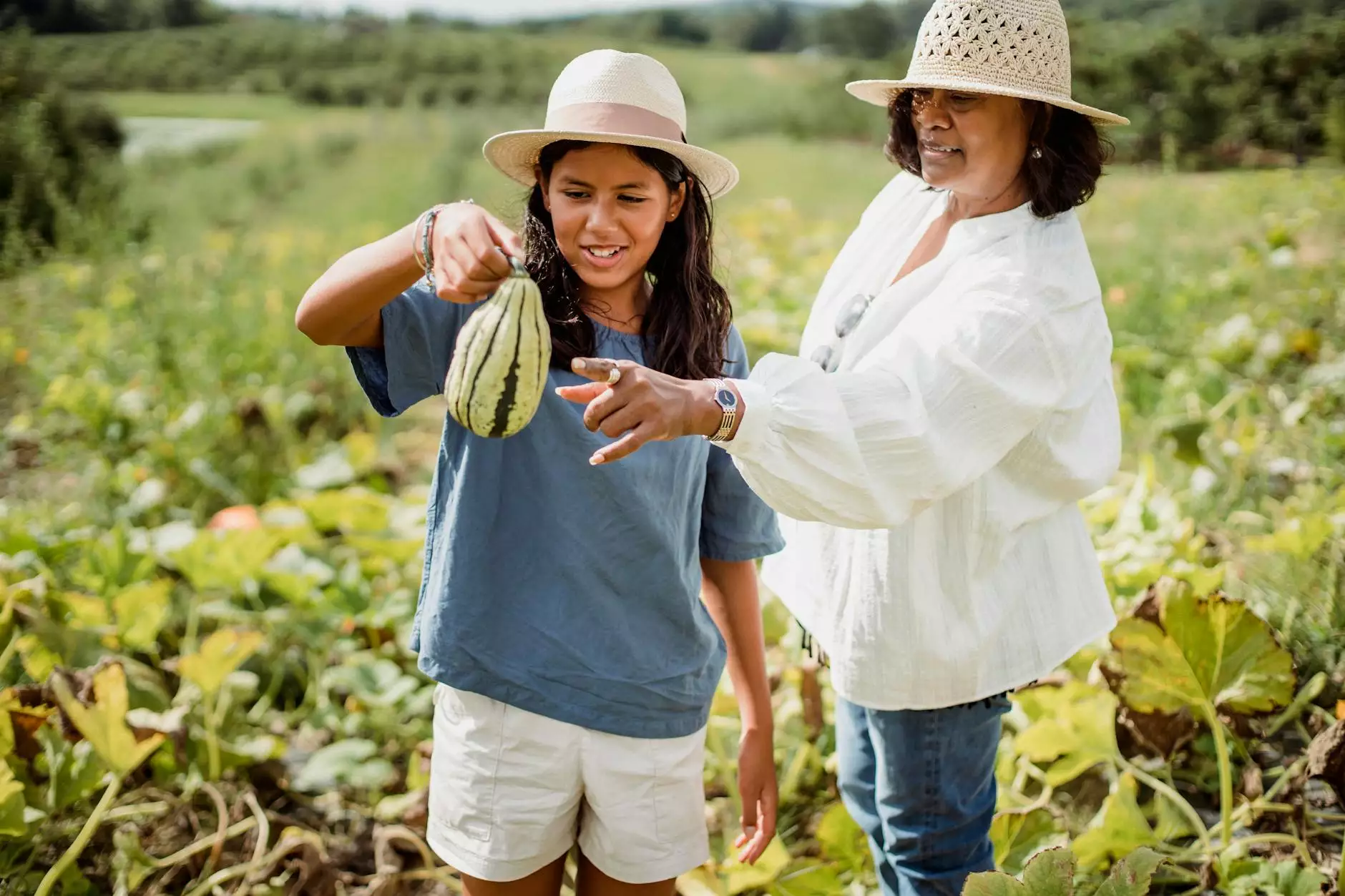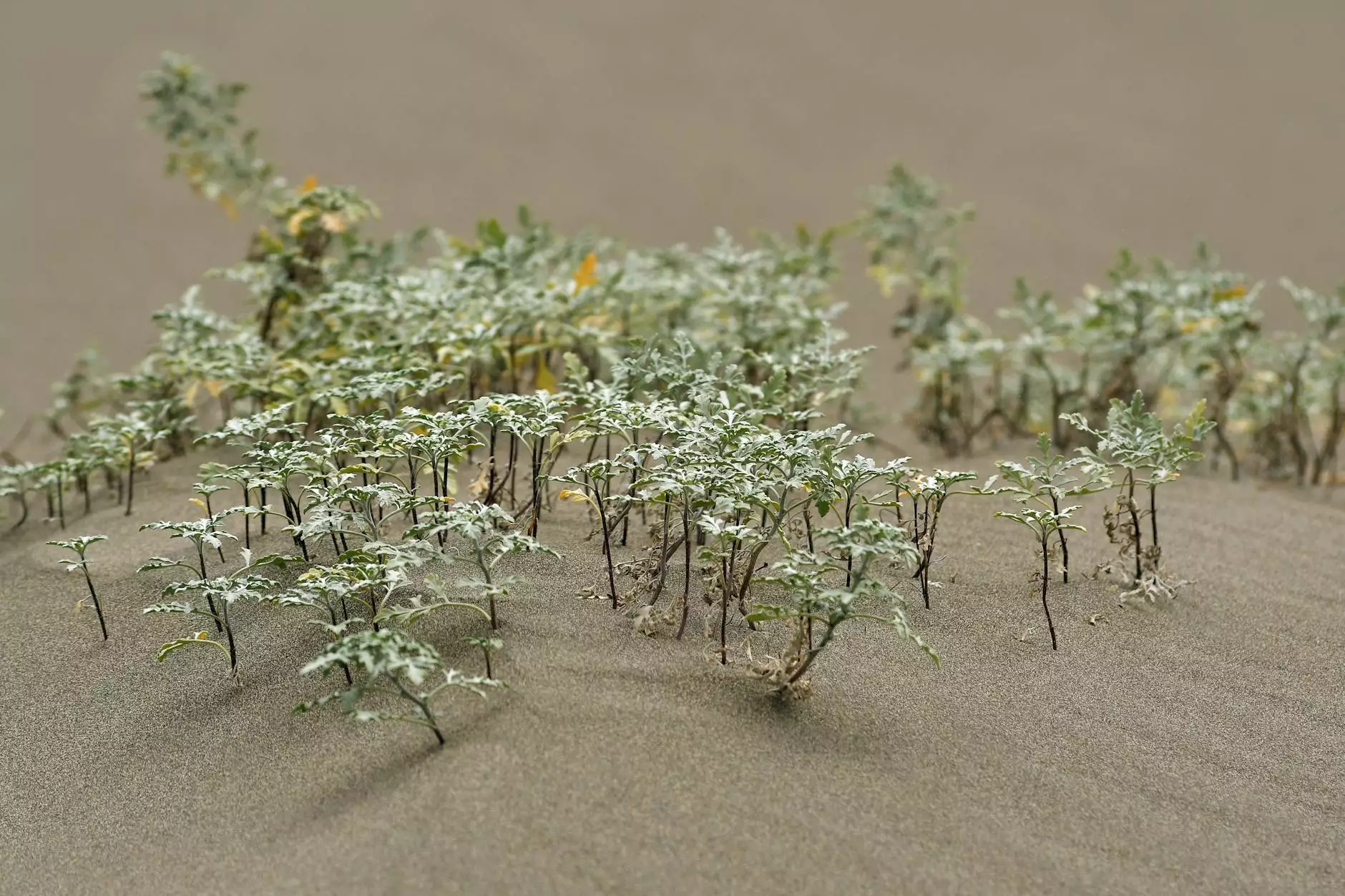Cloning and The Mother Plant - Cultivate Colorado
Blog
Introduction
Welcome to Grow Your Own, your ultimate destination for all your gardening needs. In this comprehensive guide, we will be diving into the fascinating world of cloning and the importance of the mother plant in the cultivation process.
Understanding Cloning
Cloning is a technique widely used by experienced gardeners to reproduce genetically identical plants. It involves taking cuttings from a healthy mother plant and encouraging them to develop roots, ultimately giving rise to new plants.
The Role of the Mother Plant
The mother plant plays a pivotal role in the cloning process. It serves as the source of genetic material and provides the cuttings required for propagation. Selecting the right mother plant is crucial, as it determines the quality and traits of the cloned plants.
Selecting the Ideal Mother Plant
When choosing a mother plant, it is important to consider factors such as vigor, health, and desired characteristics. Look for traits that you want to replicate in the clones, such as high yield, disease resistance, or specific flavor profiles in the case of culinary herbs.
Maintaining the Mother Plant
To ensure a healthy and productive mother plant, it is essential to provide optimal growing conditions. This includes providing adequate light, nutrition, and regular pruning to promote vigorous growth. Regular monitoring and pest control measures are also necessary to safeguard the mother plant from potential threats.
Cloning Techniques
There are various cloning techniques available, each with its own advantages and considerations. Here are a few commonly used methods:
1. Stem Cutting
Stem cutting is one of the most popular cloning techniques. It involves taking a cutting from the mother plant's stem, typically a few inches long, and placing it in a suitable rooting medium. With proper care and environmental conditions, the cutting will develop roots and become an independent plant.
2. Leaf Cutting
In leaf cutting, a healthy leaf from the mother plant is carefully removed and placed in a rooting medium. The leaf develops adventitious roots, giving rise to a new plant. This method is commonly used for plants with leaves capable of producing roots, such as African violets and succulents.
3. Air Layering
Air layering involves creating a small wound on a branch of the mother plant and encouraging the development of roots at that point. This method is particularly useful for plants that are challenging to propagate using other techniques. Once roots have formed, the branch is detached, and it can be transplanted as a new plant.
Tips for Successful Cloning
While cloning can be a rewarding and efficient way to reproduce plants, here are some tips to maximize your success rate:
1. Use Quality Tools
Investing in quality tools such as sharp pruning shears and precision scalpels will ensure clean cuts and minimize damage to the mother plant and cuttings. Clean your tools thoroughly before and after each use to prevent the spread of diseases.
2. Provide Proper Lighting
Ensure that your clones receive the right amount and quality of light. Consider using grow lights specifically designed for propagation to provide uniform and adequate light intensity.
3. Maintain Optimal Humidity
Managing humidity levels is crucial for successful cloning. High humidity encourages root development and minimizes stress on the cuttings. Use a humidity dome or mist the cuttings regularly to maintain a humid environment.
4. Choose the Right Rooting Medium
Selecting the appropriate rooting medium is vital. Consider factors such as moisture retention, aeration, and nutrient content. Common rooting mediums include rockwool, peat moss, and coco coir.
5. Use Rooting Hormones
Rooting hormones can significantly enhance the success rate of your clones. These hormones stimulate root growth and can be applied to the cut end of the clone before planting it in the rooting medium.
6. Monitor Environmental Conditions
Keep a close eye on environmental conditions such as temperature, humidity, and air circulation. Clones thrive in stable and controlled environments, so make the necessary adjustments to create an ideal growing environment.
Conclusion
Cloning is an invaluable technique for gardeners looking to reproduce their favorite plants reliably. Selecting and maintaining a healthy mother plant, employing appropriate cloning techniques, and providing optimal care are the keys to successful cloning. Remember to follow the tips mentioned above, experiment, and enjoy the process of creating new plants through cloning. Happy gardening!










